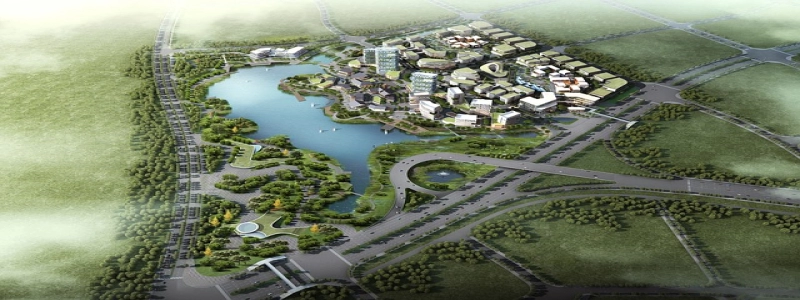50G Ethernet
Introduction:
In the world of networking, Ethernet has been the standard for high-speed data transmission for decades. With the increasing demand for faster and more efficient network connections, the industry has been constantly striving to improve upon the existing Ethernet standard. One such advancement is 50G Ethernet, which pushes the boundaries of data transfer rates to new heights.
I. What is 50G Ethernet?
A. Definition: 50G Ethernet is an Ethernet standard that enables data transmission at a rate of 50 gigabits per second (Gbps), 10 times faster than the previous standard of 10G Ethernet.
B. Implementation: 50G Ethernet can be implemented using optical fiber or copper cables, depending on the specific requirements of the network infrastructure.
II. Benefits of 50G Ethernet:
A. Improved Speed: The most obvious benefit of 50G Ethernet is the significant increase in data transfer rates. This allows for faster file transfers, smoother video streaming, and reduced latency in data-intensive applications.
B. Enhanced Network Capacity: With 50G Ethernet, networks can handle greater amounts of data traffic without becoming congested. This is particularly beneficial for high-demand environments such as data centers or cloud computing facilities.
C. Future-Proofing: By adopting 50G Ethernet, organizations can future-proof their networks to handle future advancements in technology and bandwidth requirements. This ensures that the network infrastructure remains relevant and efficient for years to come.
III. Applications of 50G Ethernet:
A. Data Centers: 50G Ethernet is particularly valuable in data center environments where large amounts of data need to be processed and transferred quickly. It enables smoother communication between servers, storage devices, and network switches.
B. High-Performance Computing: 50G Ethernet is ideal for high-performance computing applications that require the rapid exchange of data between multiple nodes in a cluster.
C. Media and Entertainment: In the media and entertainment industry, 50G Ethernet facilitates the seamless transfer of high-definition video, audio, and other multimedia content.
IV. Challenges and Considerations:
A. Cost: Implementing 50G Ethernet can be expensive, especially when it comes to upgrading existing network infrastructure. However, as the technology becomes more widely adopted, costs are expected to decrease.
B. Compatibility: Network devices such as routers, switches, and servers need to be compatible with 50G Ethernet in order to take advantage of its benefits. Organizations should ensure that their hardware is capable of supporting the higher data transfer rates before making the switch.
C. Power Consumption: 50G Ethernet requires more power compared to lower-speed Ethernet standards. This can lead to increased energy consumption, which organizations should take into consideration when planning their network infrastructure.
Conclusion:
As the demand for faster and more efficient network connections continues to grow, 50G Ethernet provides a promising solution. With its significant increases in data transfer rates and enhanced network capacity, this Ethernet standard offers numerous benefits for various industries and applications. Although challenges and considerations exist, the advantages of 50G Ethernet make it a compelling option for organizations aiming to improve their network performance.








